A View from a Hill is a photobook about the English landscape by Adam Clitheroe. Or rather, he writes, a photobook about ‘the layers of history and narrative partly discernible in the land, and the sense of discomfort and unease they can engender in a viewer; a feeling that the writer Robert Macfarlane describes as English eerie, “the skull beneath the skin of the countryside”.’
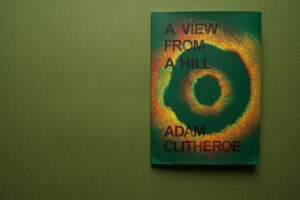
‘The book uses extracts from the short story ‘A View From A Hill’ by MR James (1863-1936), originally published in 1925. The story concerns a peculiar pair of binoculars. Through them, the landscape remains the same but is seen at a point previous in its history. A lost abbey is viewed in its full splendour and gibbets adorn a nearby hilltop.
It’s this sense of time slippage that links the view through James’ uncanny fieldglasses with the images in the book. Landscapes are frozen in one moment in time by the camera shutter – forever slipping further and further away from the present day. This temporal freeze allows for a forensic examination of the accumulation of details in a scene, revealing hints of unclear, ambivalent and possibly uncomfortable histories that go further back than the instant of capture. The photographs reject the horror of the sublime or the beauty of harmony – the tensions that underpin a “picturesque” view, according to the landscape theorist Uvedale Price (1747-1829). This is the English landscape as a convoluted mess of grubby banalities and casual terrors, stuck in its own time warp.
MR James’ story was a ghost story. It transpires that the binoculars were filled with fluid distilled from the bones of executed criminals: indeed, in folklore, the remains of hanged men have sinister, magical potency. There is no such straightforward explanation why the photographs in A View from a Hill have an unsettled quality. However, in the words of Robert Macfarlane again, they share how MR James “saw the English countryside not only as a place of beauty, calm and succour, but also as a green and deeply unpleasant land.”’
See an extract below.
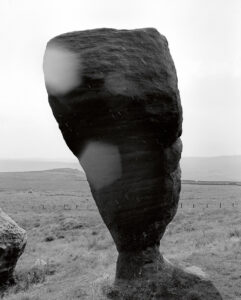
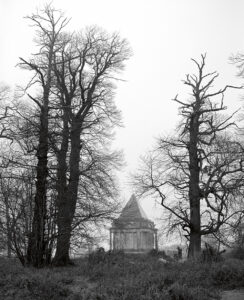
Writing as I am now with a winter wind flapping against dark windows and a rushing, tumbling sea within a hundred yards, I find it hard to summon up the feelings and words which will put my reader in possession of the June evening and the lovely English landscape of which the Squire was speaking.
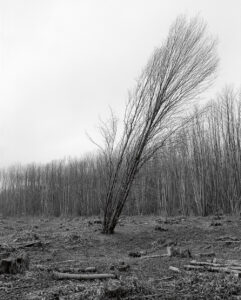
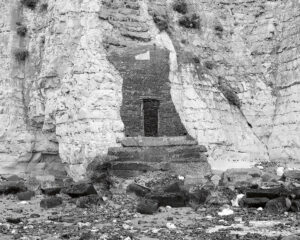
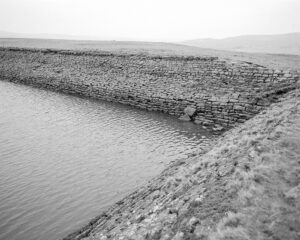
Across a broad level plain they looked upon ranges of great hills, whose uplands— some green, some furred with woods—caught the light of a sun, westering but not yet low. And all the plain was fertile, though the river which traversed it was nowhere seen. There were copses, green wheat, hedges and pasture-land: the little compact white moving cloud marked the evening train. Then the eye picked out red farms and grey houses, and nearer home scattered cottages, and then the Hall, nestled under the hill. The smoke of chimneys was very blue and straight. There was a smell of hay in the air: there were wild roses on bushes hard by. It was the acme of summer.
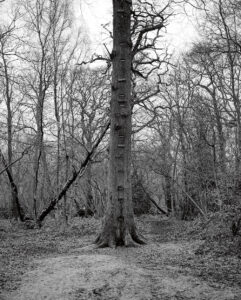
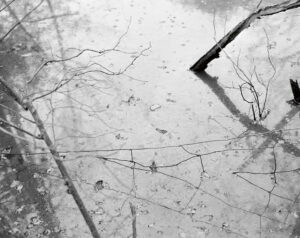
*
A View from a Hill
84 pages, section-sewn paperback with dustjacket
51 photographs, black & white and colour
230 x 165mm (9” x 6.5”)
Published by SKWCZP
Available here (£14.00)